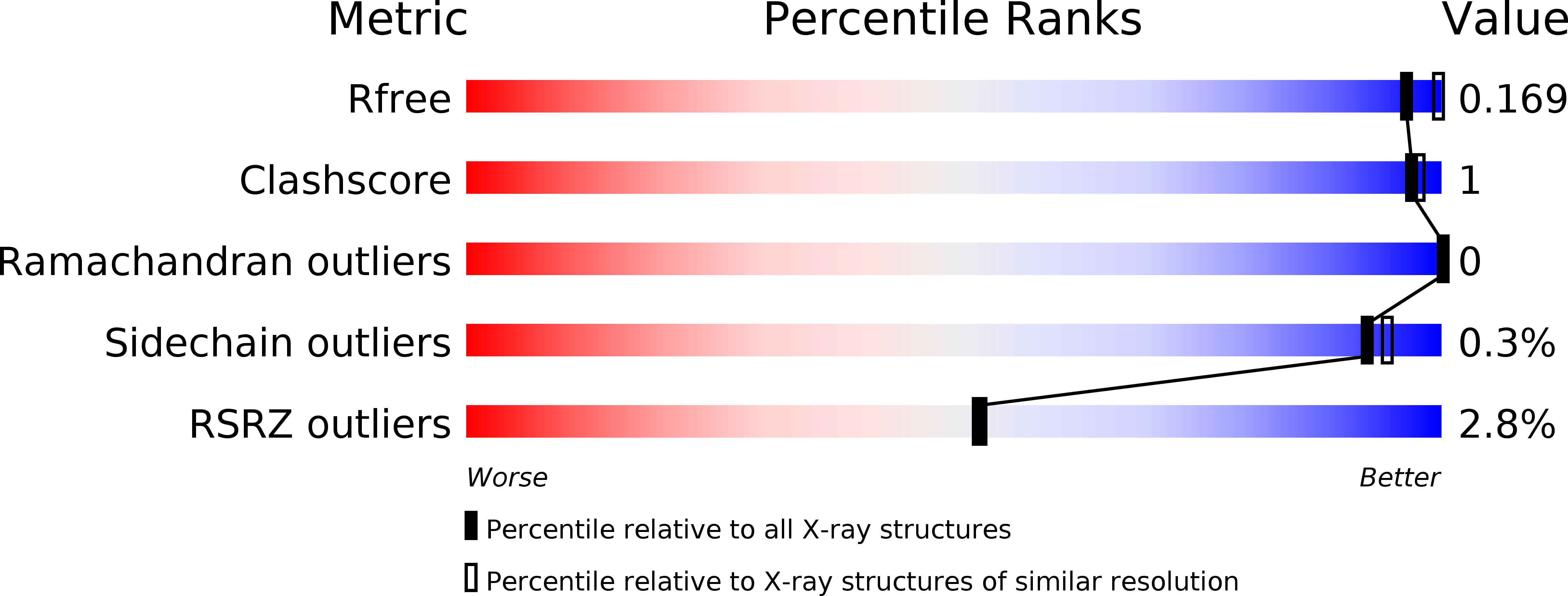
Deposition Date
2008-06-24
Release Date
2009-01-13
Last Version Date
2023-12-13
Entry Detail
PDB ID:
2VWH
Keywords:
Title:
Haloferax mediterranei glucose dehydrogenase in complex with NADP, Zn and glucose.
Biological Source:
Source Organism:
HALOFERAX MEDITERRANEI (Taxon ID: 2252)
Host Organism:
Method Details:
Experimental Method:
Resolution:
2.03 Å
R-Value Free:
0.15
R-Value Work:
0.13
R-Value Observed:
0.13
Space Group:
I 2 2 2


